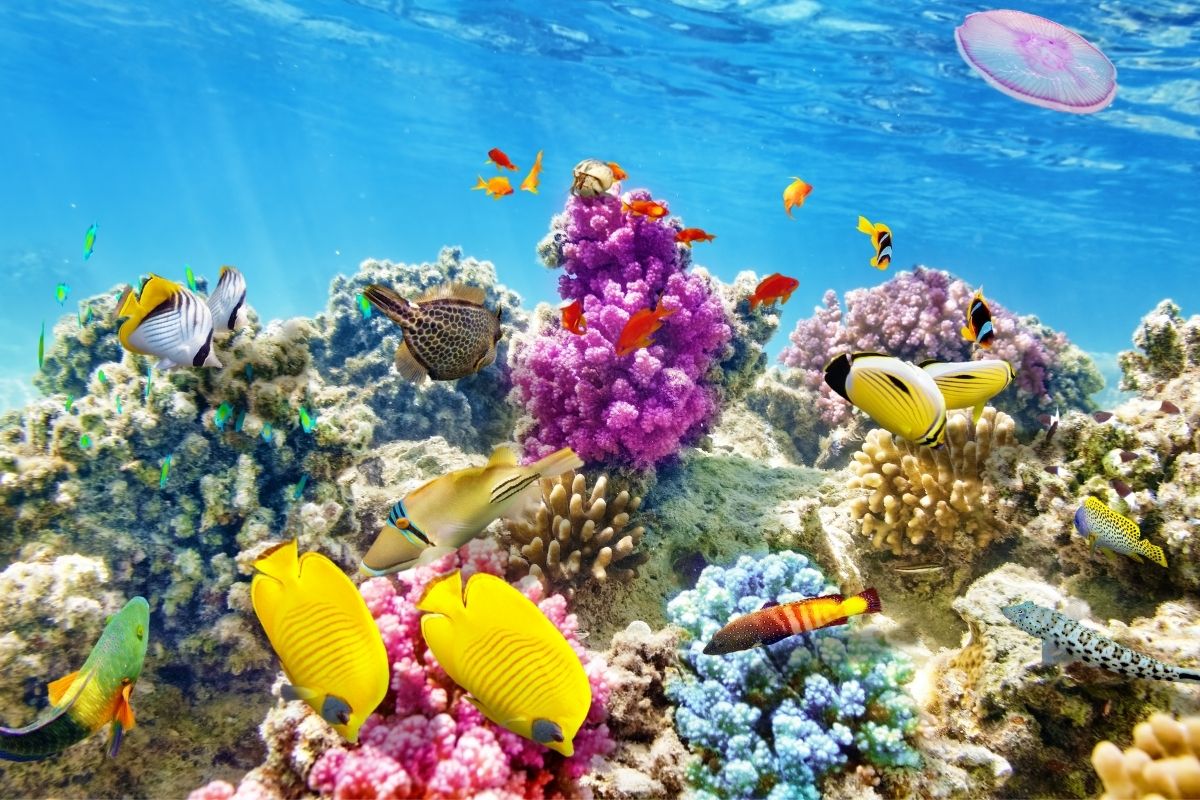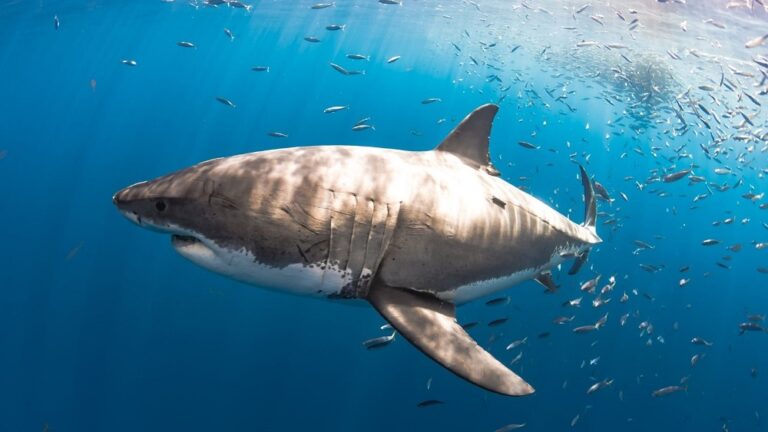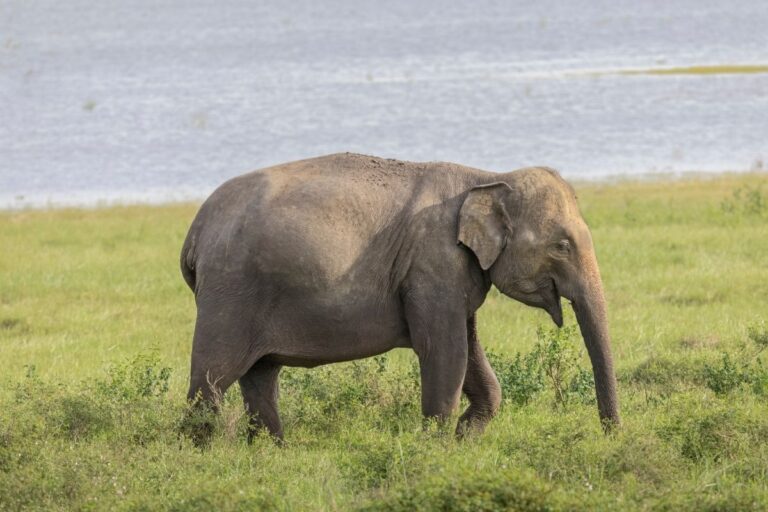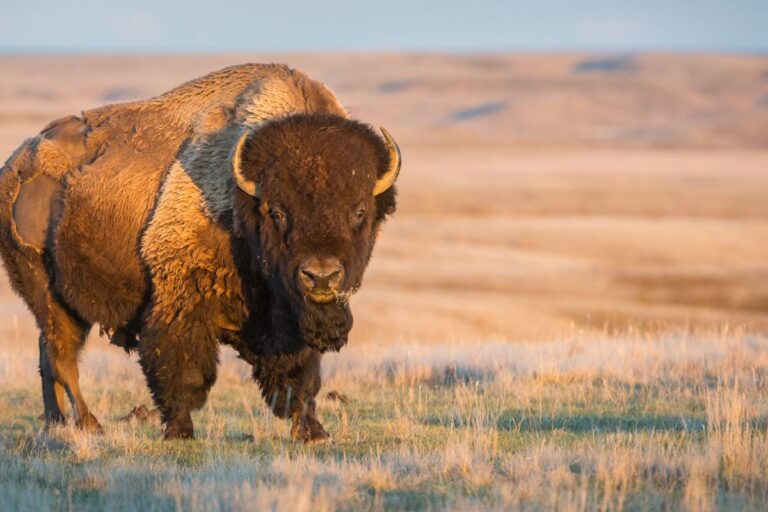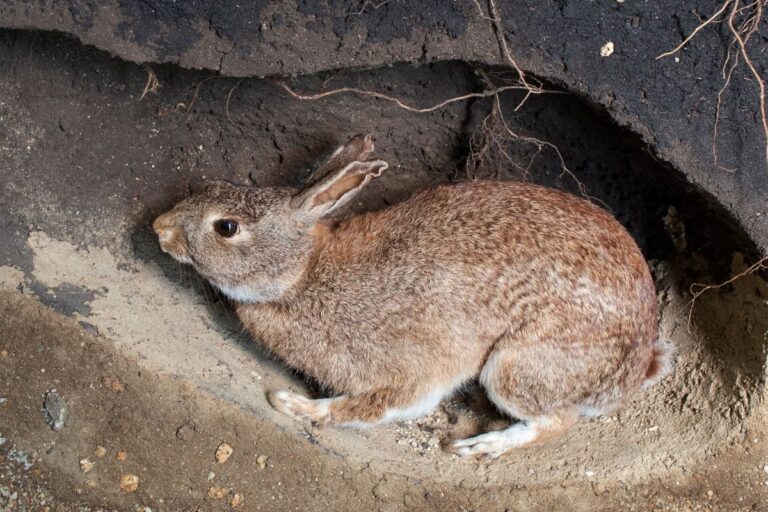Animals That Live In Coral Reefs
Last Updated on February 9, 2022 by
Coral reefs are one of the world’s most unique ecosystems, supporting an immense amount of diverse marine life.
They are beautiful islands of color and marine activity, and hundreds of unique species and subspecies rely on this ecosystem and its resources for survival.
Interestingly, coral reefs are also one of the natural phenomena most threatened by climate change as well as pollution and disasters such as oil spills.
This means that they are in constant danger of being wiped out or lost, which would, in turn, cause many species reliant on this ecosystem to also perish, resulting in a massive loss of biodiversity in our oceans which would be catastrophic for nature.
The coral reef, just like any other ecosystem is a delicately balanced system of balances that are constantly influencing each other, as the various creatures that live there fight for survival.
In this guide, we’re going to look at some of the most wonderful animals that live in these amazing underwater environments, to give you a better understanding of just how incredibly diverse and visually stunning these sanctuaries are for marine life.
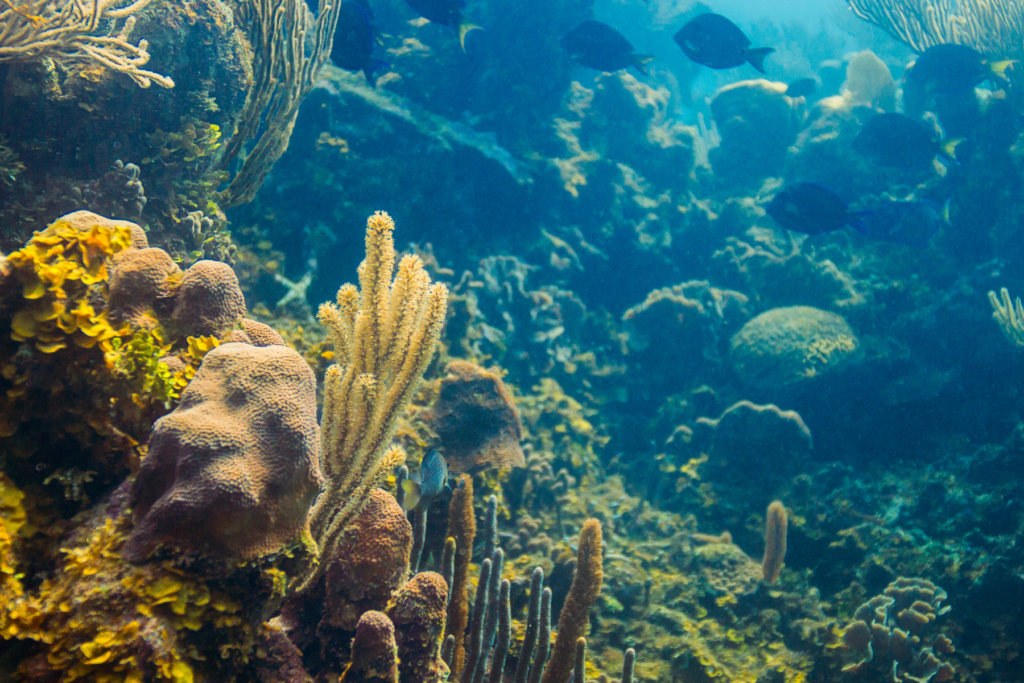
Sea Horses
Sea horses are some of the most unique animals in the world and are famed for their iconic equine silhouette (from which their name is derived) as well as their unique swimming which is unlike any other animal that dwells in the sea.
In fact, sea horses are known to be among the worst swimmers of all the animals in the ocean, which is why they are so reliant on coral reefs and the relative protection and stability they offer sea horses from the endless movement of the ocean, and the predators within it.
Seahorses use their tails to hold onto coral reefs, as well as to grab other things, and they feed by sucking small crustaceans and plankton into their trumpet-like snout.
In stormy weather, sea horses will hold onto the reef for dear life so that they aren’t swept away, as if this happens a seahorse would likely die of exhaustion before being able to make it back to the safety of the reef.
Eels
Eels are a common sight at coral reefs, particularly moray eels, where they find ample hunting grounds and hiding places from which to strike their prey.
The moray eel is the largest species of eel and can be found in shallow waters near reefs. They hide within the crevices of the reef where their considerable size can be concealed quite well, even larger specimens that can grow up to 15 feet in length.
They strike by wrapping their prey up and flattening it out with their body until it can be swallowed.
Sharks
Various species of sharks can be seen at coral reefs, from fearsome Great Whites to Hammerheads and even gentle Nurse Sharks.
The abundance of life found at coral reefs makes them an unsurprisingly opportune target for predators such as sharks and provides ample pickings for the aggressive sharks.
While bottom feeders like the Nurse Shark have plenty of algae and other debris to feed off of on the sea bottom surrounding the reef.
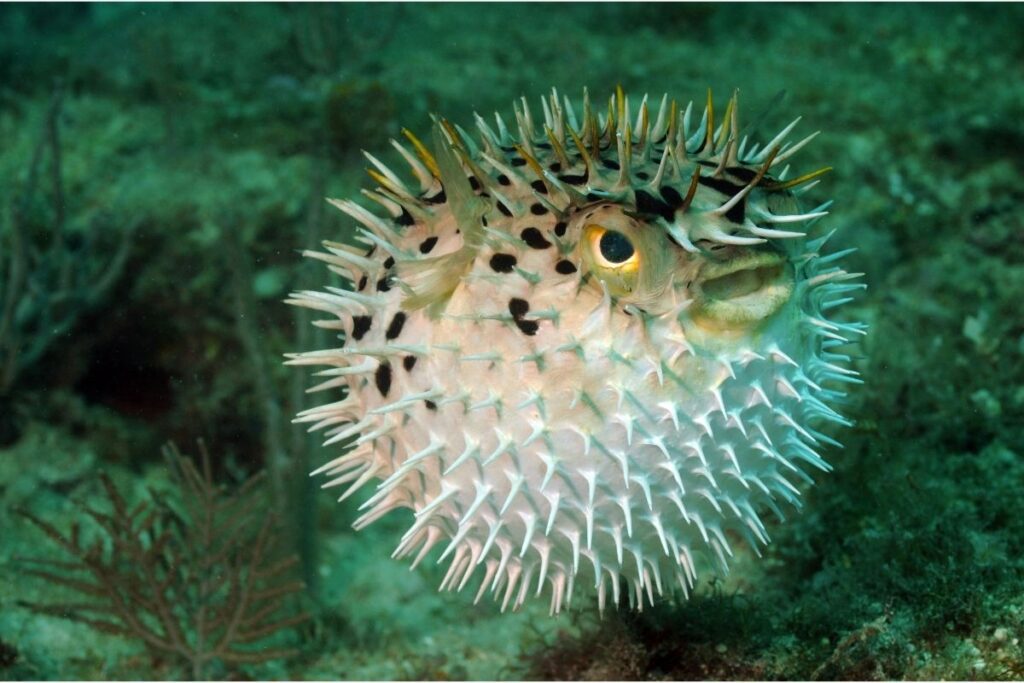
Puffer Fish
Pufferfish are known for their iconic defense mechanism that makes them an unpleasant target for predators.
When attacked, they use their stomach to invest a vast amount of water very quickly, causing them to expand in size dramatically (up to three times in size!) with some species even having spikes and spines on their surface to make them an even less appealing meal.
Pufferfish feed on algae and invertebrates which are plentiful around coral reefs, and some pufferfish will even find their way into clams and shellfish.
Rays
Various species of rays can be found in and around reefs.
They are often hunted as prey by larger species of reef shark such as the grey reef shark, which is notorious for its aggression, as well as the dangerous tiger shark and other smaller species of shark such as white and blacktip sharks on rare occasions.
Rays are known for their large size, as well as their unique method of swimming which often involves them rippling their bodies like giant wings in the water, to propel themselves forward.
Clown Fish
The now-iconic clownfish rose to worldwide fame and popularity after the Pixar movie Finding Nemo was released, detailing the plight of two desperate clownfish.
They are known for their amazing colors, which are a vivid orange base with white stripes trimmed in black.
They are also famous for nesting inside sea anemones, which are toxic to most other fish, as a defense from potential predators.
They are also interesting as they can change sexuality even as mature adults, should it be necessary to create a mating pair, which is a very unique characteristic in nature.
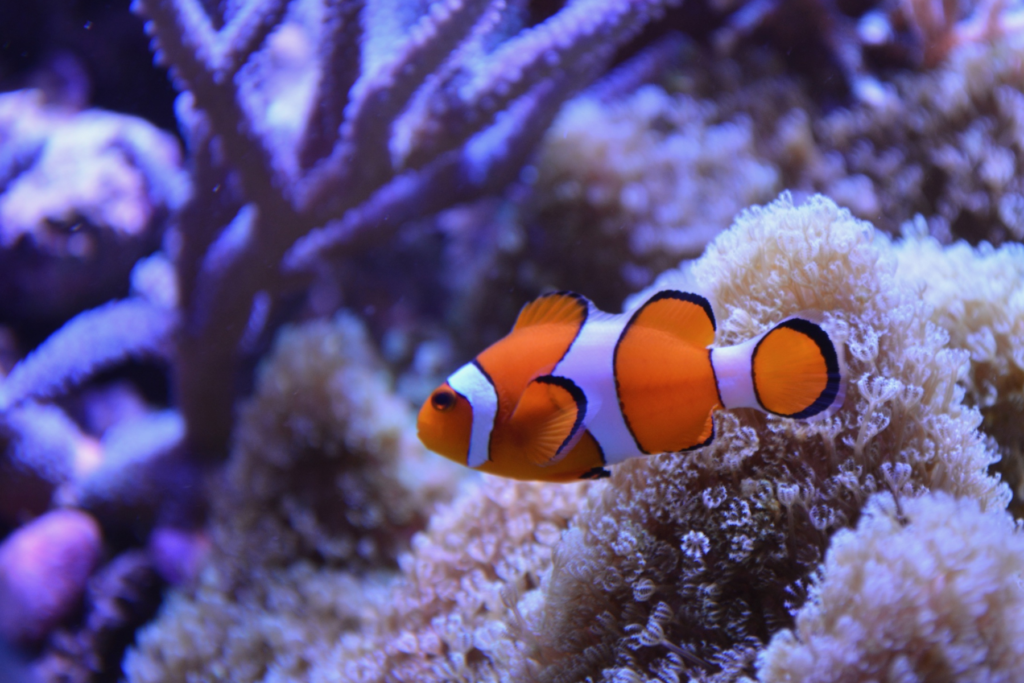
Turtles
Various species of turtles make their home in and around coral reefs, as they make excellent places to feed and rest, especially after or in between long periods of activity and travel.
Crustaceans
Various species of crustaceans, from lobsters to various types of crab, live on coral reefs where they are able to hide in the many nooks and crannies of the reef and feed opportunistically as well as on plankton and other plentiful food sources which are found at reefs.
Moon Jellyfish
While many people think of jellyfish as an open water species, moon jellyfish regularly lurk around coral reefs, where they are often preyed upon by other fish.
Their translucent bodies are incredibly beautiful and take on all sorts of hues as light changes around them. They feed on fish eggs, shrimp and larvae, and are often preyed upon by larger turtle species.
Unfortunately, plastic bags and waste that is polluting the ocean are often mistaken for moon jellyfish, which means many species ingest this waste and end up dying as a result.
Final Thoughts
There you have it – a selection of some of the most wonderful creatures you can find in coral reefs. So, next time you go diving, why not see how many you can spot!

